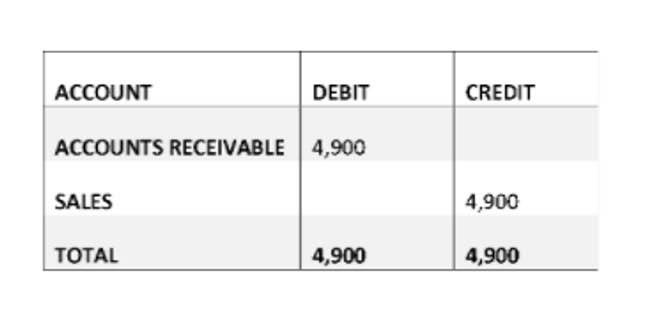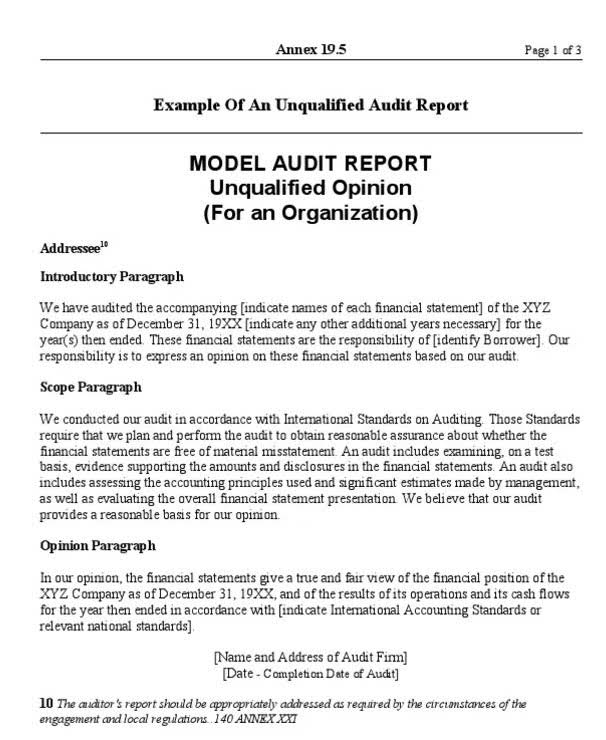
A&M trusts function by providing trustees with the authority to manage the trust’s income and capital based on the beneficiaries’ needs and circumstances. The typical beneficiaries of these trusts are children or grandchildren, but the structure can also extend to other young adults until they attain the specified age of 25. While all licensees must safeguard and protect the money and property of others entrusted to them, the ultimate responsibility to oversee and safeguard the monies of others passing through the office rests with the BIC.
Is there any other context you can provide?
- The grantor, also known as the settlor or trustor, is the person who creates the trust.
- Technology should be viewed as a tool to enhance accuracy and efficiency rather than a complete replacement for professional judgment.
- These have been applicable to law firms and also proven their efficiency despite the scope and size of the firm.
- If fees are coming out of a trust account, that may leave you with insufficient client funds.
- These advanced tools help practices identify trends, spot potential issues before they become problems, and maintain better control over their trust accounting processes.
One of the major things to be aware of is that there are differences between fiduciary accounting income (FAI) and federal taxable income. There are different types of terms used for these accounts (IOLTA, Trust Account and Escrow Account are often interchangeable). For example, when a lawyer accepts advanced fees for services not yet rendered and doesn’t deposit these fees directly into a trust account—that’s misappropriation. Until the lawyer has earned bookkeeping those fees, they are considered to be client fees and need to be treated as such.
Revocable Trust Fund

At any given time, the Bar can request your trust account records, and any discrepancies can land you in serious trouble. In this post, we will explore key strategies for effective trust account management, which include guidance for both attorneys and staff. Let’s delve into some effective strategies to prevent misappropriation of funds and promote transparency in trust account management. In the realm of finance and law, misappropriation of funds is a serious offense that can have dire consequences.

Understanding Trust Accounting: Types and Best Practices
So basically, any funds deposited into this account is the client’s money and property, not your firm’s. Any misuse and/or commingling of the funds with other accounts may lead to serious consequences. Some mistakes include ‘Borrow’ money or withdraw money from the account because some attorneys will put the entire retainer received from clients into their business accounts. These controls may include segregation of duties, authorization protocols, and reconciliation processes to ensure the integrity and security of trust accounts. Mismanagement of trust funds can result from poor oversight, inadequate controls, or a lack of understanding of fiduciary duties.
The Three Pillars of Trust Account Management
Trusts are legal arrangements in which a person, called a trustee, holds and manages assets on behalf of beneficiaries, who will eventually receive the assets or income generated by them. Offshore A&M trusts offer benefits such as tax efficiency, asset protection, and flexibility in managing and allocating trust assets for the beneficiary’s benefit. Income generated within an A&M trust is subject to distinct tax treatments depending on the trust’s phase. During the discretionary phase, trustees have the authority to accumulate income or pay it out for the beneficiaries’ maintenance, education, or benefit. In this attorney trust account phase, the trust pays income tax at the trust rates on any income that is not distributed.
- For law practitioners, the utilization of software tools like attorney time tracking software can also complement trust accounting processes, making them more efficient and precise.
- By keeping client funds separate from your business funds, trust accounts prevent mismanagement and build trust, demonstrating your commitment to responsible and ethical financial practices.
- These reports can be generated for a number of different metrics, including the trust’s activity on the stock market or on a particular asset, as well as the trust’s activity on a particular investment fund.
- For example, an article published by The Balance suggests that you write client names and file numbers on each check that you issue.
- The trustee should also act to avoid even the mere appearance of impropriety.
- At Finance Strategists, we partner with financial experts to ensure the accuracy of our financial content.
Trust Accounting Common Mistakes to Avoid

1 Keep in mind, states’ rules governing IOLTA accounts differ with respect to who can access, manage, and transact upon such accounts, so you should consult your state’s specific rules for guidance. Learn about Pace CPA’s expert services, virtual accountant growth, and how they lead the financial sector. Without accurate records, it’s hard to track where the money is going and who it belongs to.

Best Practice #4 – Properly Account for Principal and Income
Each transaction should be linked to a specific client matter, and records should clearly show which portion of the funds is attributed to which client. Trust reporting tools and software can streamline and automate the trust accounting and reporting process, improving accuracy, efficiency, and compliance. They offer features such as automated transaction tracking, reconciliation tools, customizable reporting, and compliance management functions, which simplify trust management for trustees and other professionals. Accurate record-keeping is essential in trust accounting to ensure that all financial transactions are documented correctly. This helps maintain transparency, enables effective decision-making, and supports compliance with legal and regulatory requirements. As with any other business activity, the safekeeping of customer assets must be reconciled against the customer trust account monthly.

